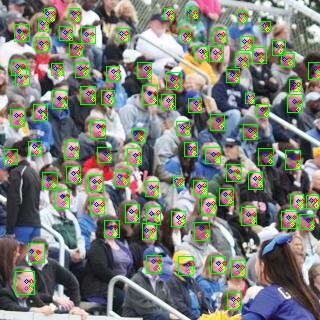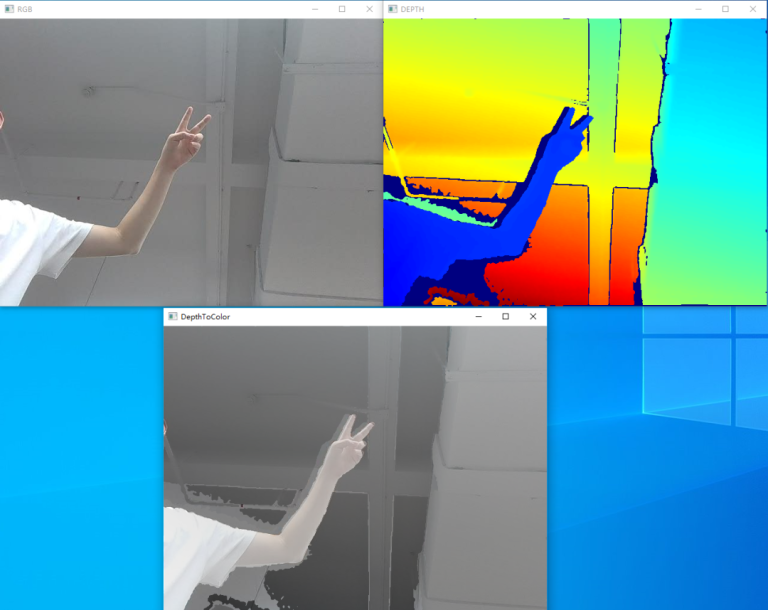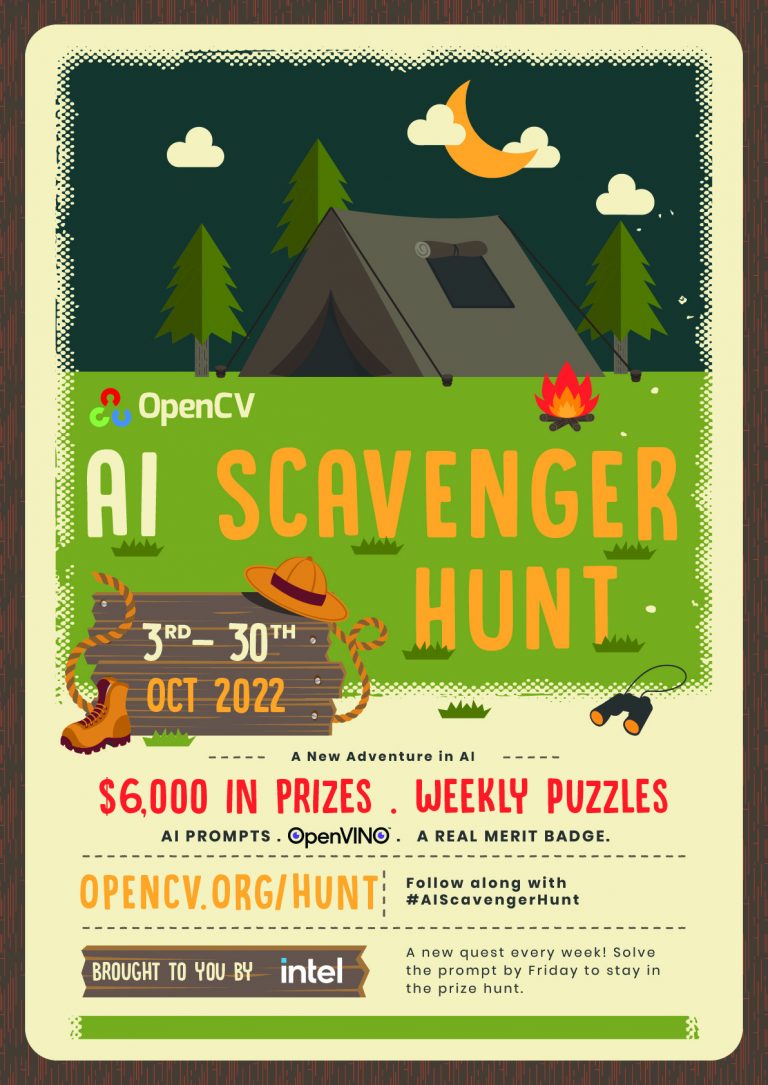News
Authors: WU Jia, GAO Jinwei NPU, short for neural processing unit, is a specialized processor designed to accelerate the performance of common machine learning tasks and typically of neural networks
Guest post by Aleksandr Voron To keep OpenVINO™ Toolkit focused on optimizing and deploying inference, we no longer include OpenCV and DL Streamer in our distribution packages. But not to
Written by CHEN Zhangjie (Junior, Department of Computer Science and Engineering) Face Detection is a computer vision task in which a computer program detects the presence of human faces and
3D cameras play an important role in the modern industry. They help us solve computer vision tasks that can’t be completed with 2D data. Two years ago, OpenCV supported Orbbec
Awhile ago we told you how the Computer Vision Annotation Tool (CVAT) has been spun out on its own, thanks in large part to our friends at Intel for years
Recently we’ve told you a lot about Modelplace, the AI model marketplace, and even shown some of its features on our webinar series. Today we’re excited to share the next
Since the launch last year, the AI model marketplace at Modelplace.AI has been improving by leaps and bounds. The number of models continues to grow along with performance boosts and
OpenCV AI Scavenger Hunt is a new contest from OpenCV combining the power of the OpenVINO Toolkit with one of the hottest things in tech today: Images generated by feeding
Fast and accurate data annotation is crucial for the success of any AI project. For the last five years, Intel has developed one of the world’s most popular open-source annotation
The contest that began last year is nearing the finish line- with the announcement of our final prize, the winner of the Popular Vote as chosen by you in the












